An Introduction to Nuclear Physics
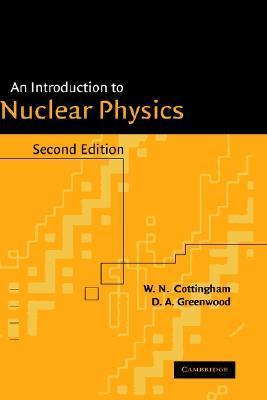
Summary
This introduction to nuclear physics provides an excellent basis for a core undergraduate course in this area. The authors show how simple models can provide an understanding of the properties of nuclei, both in their ground and excited states, and of the nature of nuclear reactions. They include chapters on nuclear fission, its application in nuclear power reactors, the role of nuclear physics in energy production and nucleosynthesis in stars. This new edition contains several additional muon-catalyzed fusion, the nuclear and neutrino physics of supernovae, neutrino mass and neutrino oscillations, and the biological effects of radiation. A knowledge of basic quantum mechanics and special relativity is assumed. Each chapter ends with a set of problems accompanied by outline solutions.
Similar Books
-
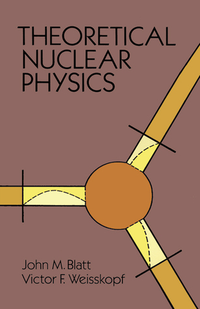 Theoretical Nuclear Physics
Theoretical Nuclear Physicsby John M. Blatt
-
 Introduction to Nuclear Physics 2ed
Introduction to Nuclear Physics 2edby W.N. Cottingham
-
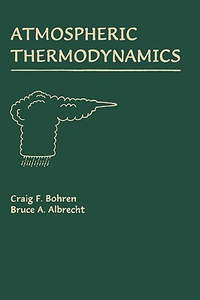 Atmospheric Thermodynamics
Atmospheric Thermodynamicsby Craig F. Bohren
-
 Introduction to Space Physics
Introduction to Space Physicsby Margaret G. Kivelson
-
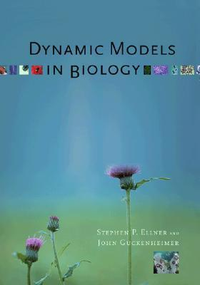 Dynamic Models in Biology
Dynamic Models in Biologyby Stephen P. Ellner
-
 Nonlinear Dynamics in Physiology and Medicine
Nonlinear Dynamics in Physiology and Medicineby Anne Beuter
-
 System Dynamics: A Unified Approach, 2nd Edition
System Dynamics: A Unified Approach, 2nd Editionby Dean C. Karnopp
-
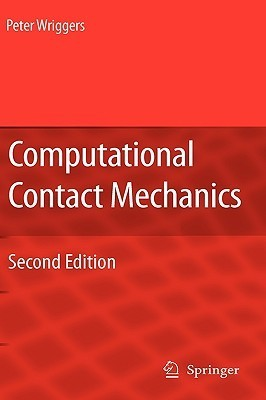 Computational Contact Mechanics
Computational Contact Mechanicsby Peter Wriggers
-
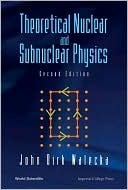 Theoretical Nuclear and Subnuclear Physics
Theoretical Nuclear and Subnuclear Physicsby Senior Fellow Continuous Electron Beam Accelerator Facility (Cebaf) Governor's Distinguished Cebaf P
-
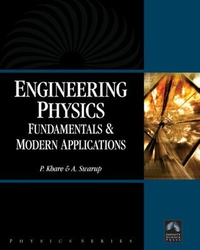
-
 Poromechanics
Poromechanicsby Olivier Coussy
-
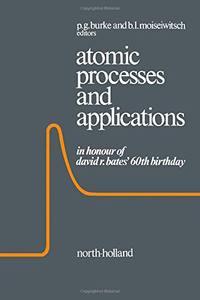
-
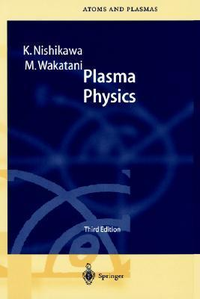 Plasma Physics: Basic Theory with Fusion Applications
Plasma Physics: Basic Theory with Fusion Applicationsby Kyoji Nishikawa
-
 Gravity Currents: In the Environment and the Laboratory
Gravity Currents: In the Environment and the Laboratoryby John E. Simpson
-
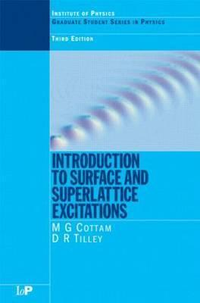 Introduction to Surface and Superlattice Excitations
Introduction to Surface and Superlattice Excitationsby Michael G. Cottam
-
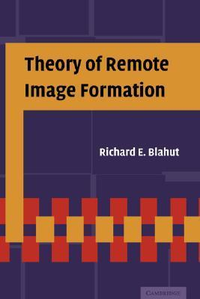 Theory of Remote Image Formation
Theory of Remote Image Formationby Richard E. Blahut
-
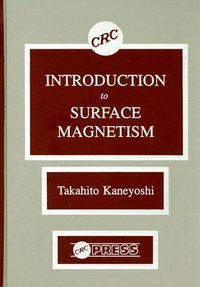 Introduction to Surface Magnetism
Introduction to Surface Magnetismby Takahito Kaneyoshi